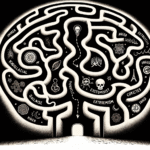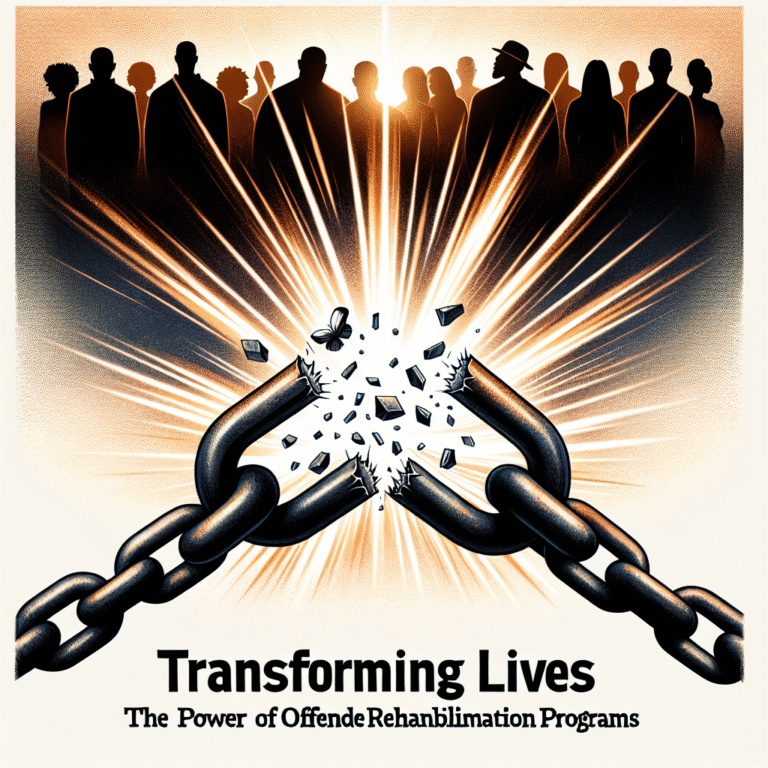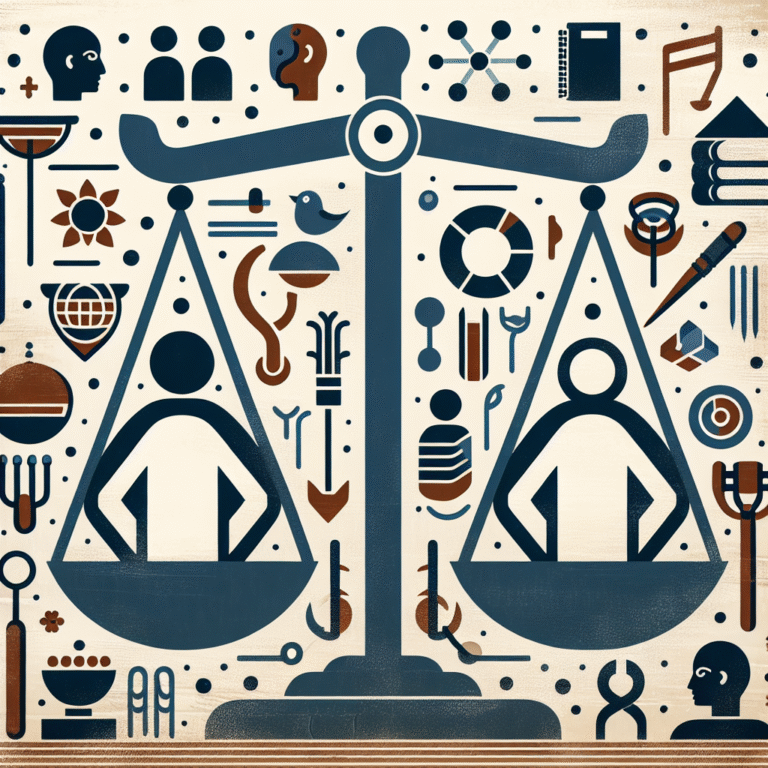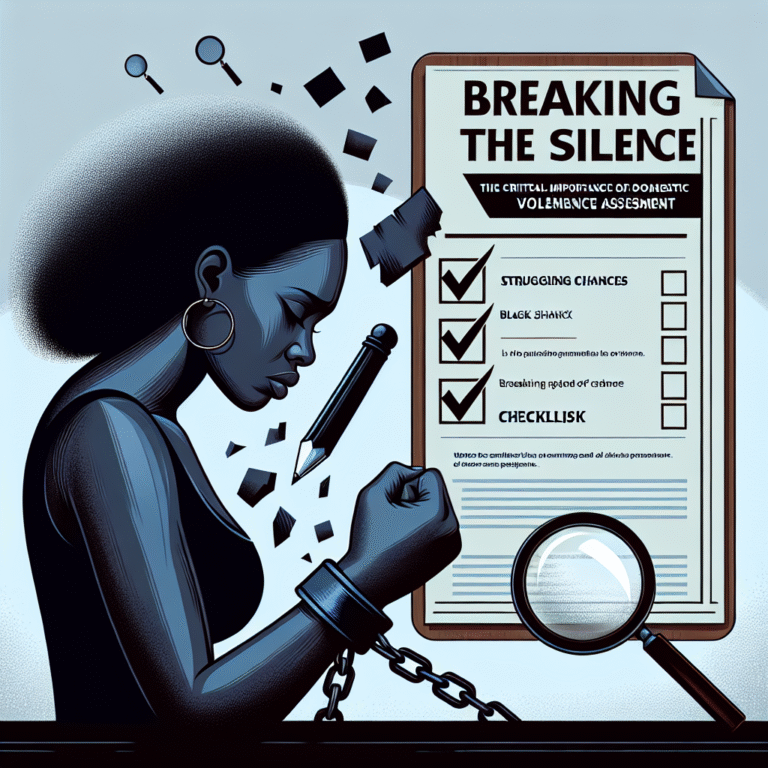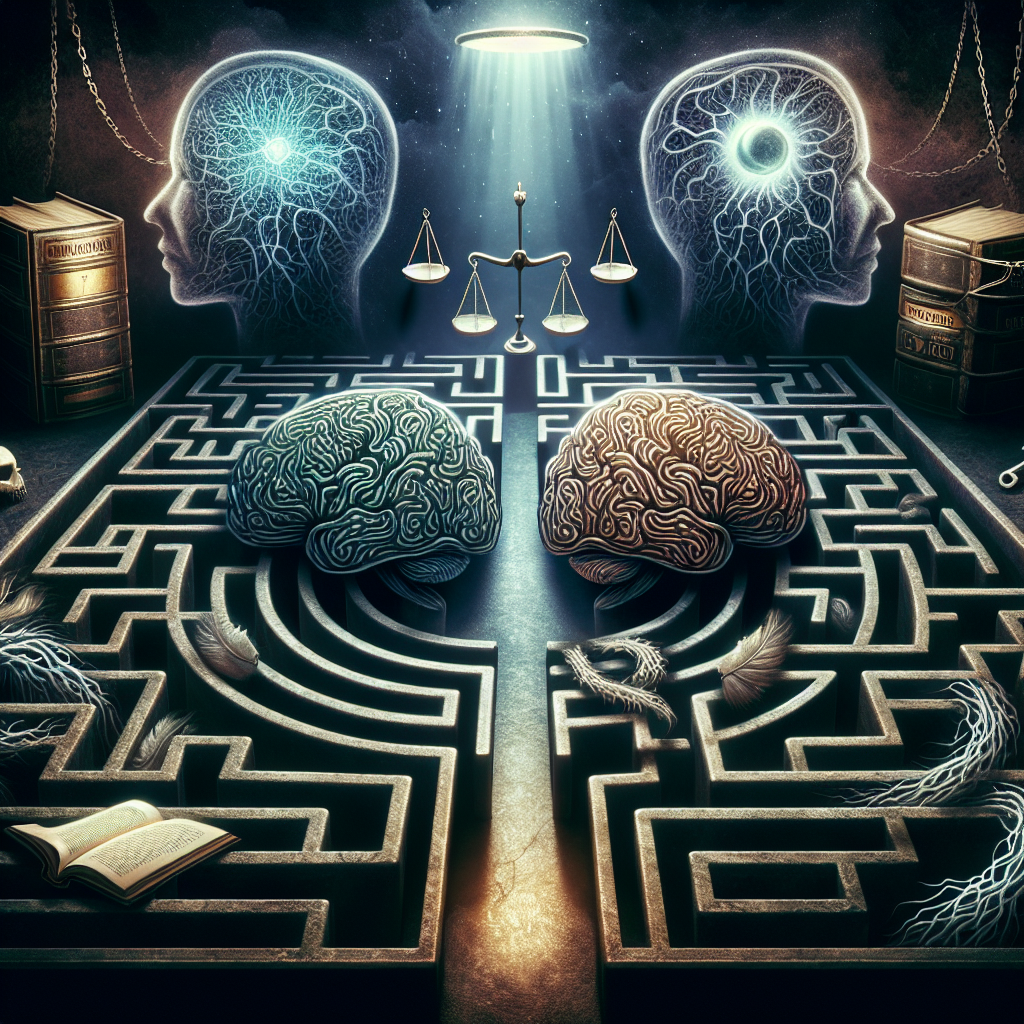
Introduction
In an era marked by growing concern over crime rates and mental health issues, the relationship between these two domains has gained increasing attention. "Profiling the Mystique: The Intersection of Criminal Behavior and Mental Health" delves into how mental health conditions may influence criminal behavior and how understanding this relationship can lead to more effective interventions. As we navigate this complex landscape, we uncover myths, and present actionable insights that can transform lives and communities alike.
Understanding Criminal Behavior
To fully appreciate the connection between mental health and criminal behavior, we must first define what criminal behavior entails. By examining motives, triggers, and patterns, we can better understand the individual, societal, and psychological factors at play.
The Role of Environment
A significant component of profiling criminal behavior is the environment in which an individual is raised. Various factors, from socio-economic status to exposure to violence, can shape an individual’s propensity for crime.
For example, a child growing up in a low-income neighborhood may face unique stressors that increase the likelihood of engaging in criminal activities. Understanding these environments and how they interact with mental health conditions is crucial for developing effective responses.
Case Study: The Unabomber — Ted Kaczynski
Ted Kaczynski, infamously known as the Unabomber, provides an intriguing case for understanding the intersection of mental health and criminal behavior. Diagnosed with paranoid schizophrenia, Kaczynski’s actions can be interpreted through the lens of his mental health challenges, compounded by his socio-environmental factors.
- Analysis: Kaczynski’s case highlights the need for early intervention and mental health support, particularly for those experiencing paranoia or extreme isolation.
The Complexity of Mental Health
Mental health conditions shape behavior in various ways, and not all individuals with mental health diagnoses become criminals. However, certain disorders can create vulnerabilities that may increase the likelihood of engaging in criminal acts.
Common Disorders Linked to Criminal Behavior
Antisocial Personality Disorder (ASPD)
- Individuals with ASPD often exhibit a disregard for the rights of others, which can lead to criminal behavior.
Substance Use Disorders
- Substance abuse can impair judgment and impulse control, leading to an increased risk of committing crimes.
- Bipolar Disorder
- During manic episodes, individuals may engage in reckless or criminal behavior due to impaired judgment.
The Role of Stigma
The stigma surrounding mental health often leads to misunderstandings about the individuals affected. It’s crucial to challenge these misconceptions and acknowledge that the majority of people with mental health conditions are not violent.
Profiling Techniques
Understanding the psychological profile of criminals has evolved considerably. Profiling the mystique surrounding criminal behavior requires sophisticated techniques that incorporate psychology, sociology, and criminology.
Behavioral Profiling
This involves analyzing behaviors to create a profile of an unknown suspect. Behavioral analysts look for patterns that correlate specific mental health conditions with certain criminal activities.
Table 1: Common Profiling Indicators
| Indicator | Associated Mental Health Condition | Common Criminal Behavior |
|---|---|---|
| Impulsivity | ADHD or Bipolar Disorder | Theft, Vandalism |
| Paranoia | Schizophrenia | Violent crimes, Terroristic threats |
| Emotional Dysregulation | Borderline Personality Disorder | Assault, Self-harm |
| Lack of Empathy | Antisocial Personality Disorder | Homicide, Fraud |
Geographic Profiling
Another method involves analyzing geographic patterns to predict where future crimes may occur. Understanding the mental health of individuals in certain areas can lead to targeted interventions.
The Role of Law Enforcement
Law enforcement agencies play a crucial role in addressing the intersection of criminal behavior and mental health. Training police personnel to recognize mental illness can significantly improve outcomes during encounters.
Crisis Intervention Training (CIT)
CIT is a valuable program that enables officers to respond more effectively to individuals experiencing mental health crises.
Case Study: The Police Approach to Mental Health Calls
- After implementing CIT, a police department in Memphis reported a drastic reduction in injuries related to encounters involving individuals with mental health issues.
- Analysis: This underscores the importance of training law enforcement in mental health awareness, helping prevent unnecessary incarceration and facilitating access to proper care.
Effective Interventions
Awareness and understanding of the interplay between criminal behavior and mental health are crucial for developing effective interventions.
Mental Health Courts
These specialized courts emphasize rehabilitation over punishment. They provide offenders with mental health services and support, aiming to break the cycle of recidivism.
Case Study: The Role of Mental Health Courts in Reducing Recidivism
- Studies have shown that participants in mental health courts have lower rates of re-offending compared to traditional court systems.
- Analysis: Mental health courts can be a beacon of hope, addressing both criminal behavior and underlying mental health issues.
Community Support
A multi-faceted approach that combines individual treatment, community supervision, and family support can lead to improved outcomes for individuals at risk of criminal behavior.
Building Healthy Communities
Establishing community programs focused on mental health awareness, prevention, and intervention can alleviate some pressures that contribute to criminal behavior.
Table 2: Types of Community Support Programs
| Program Type | Purpose |
|---|---|
| Peer Support Groups | Provide shared experiences and emotional support |
| Family Therapy | Address dynamics that may lead to maladaptive behavior |
| Educational Workshops | Increase community awareness about mental health |
Conclusion
"Profiling the Mystique: The Intersection of Criminal Behavior and Mental Health" reveals the intricate patterns and connections between mental health and crime. By exploring case studies, understanding profiling techniques, and addressing societal perceptions, we unlock new pathways for enhancing mental health interventions, reducing stigma, and promoting community safety.
In our quest for effective strategies, it becomes clear that collaboration among mental health professionals, law enforcement, and communities is essential. Improving lives starts with understanding; it provides us the tools to foster healthier individuals and safer communities.
Takeaway
As we move forward, remember: acknowledging the complexity of the human mind leads to better strategies, less judgment, and an overall healthier society.
FAQs
1. What is the connection between mental health and criminal behavior?
Mental health conditions can influence behaviors that may lead to crime, particularly when paired with environmental stressors or lack of support.
2. Can individuals with mental health issues receive proper treatment and not engage in criminal behavior?
Yes, with appropriate resources and interventions, individuals with mental health issues can lead fulfilling lives without resorting to crime.
3. How effective are mental health courts?
Mental health courts have proven effective in reducing recidivism rates through rehabilitation and support rather than traditional incarceration.
4. What role does stigma play in the intersection of mental health and crime?
Stigmatization can create barriers to treatment and understanding, leading to a cycle of misunderstanding and criminal behavior.
5. How can communities better support those with mental health issues?
Communities can establish support groups, awareness programs, and collaborate with mental health professionals to create a supportive environment.
In profiling the mystique of criminal behavior and mental health, we find not just challenges but opportunities to change individual lives and society as a whole.
